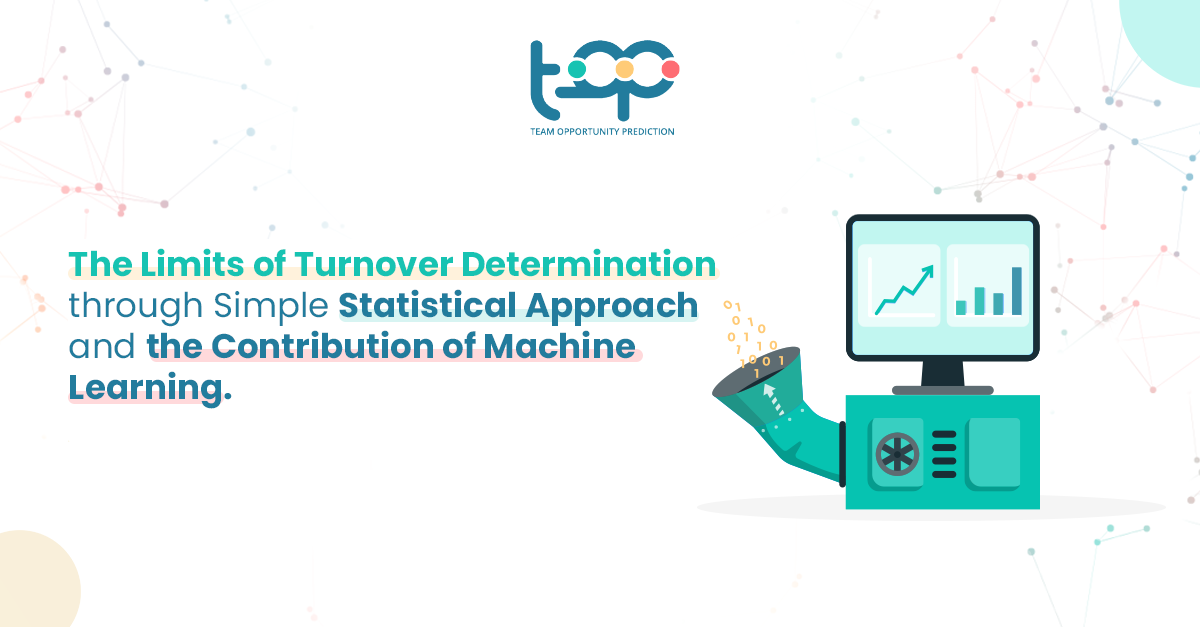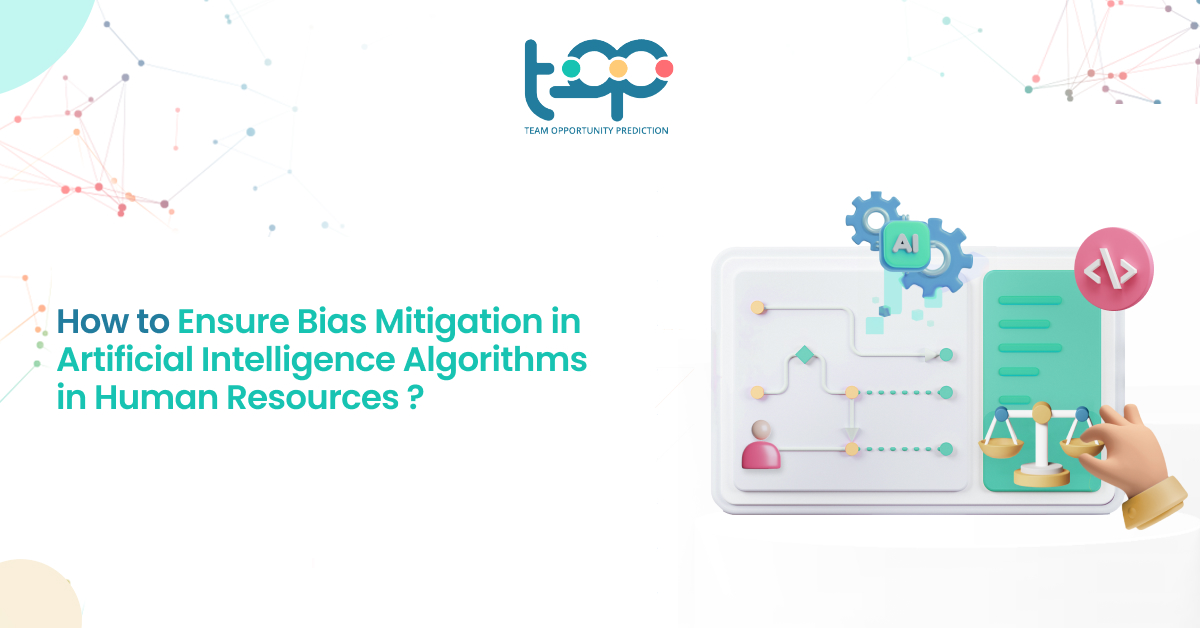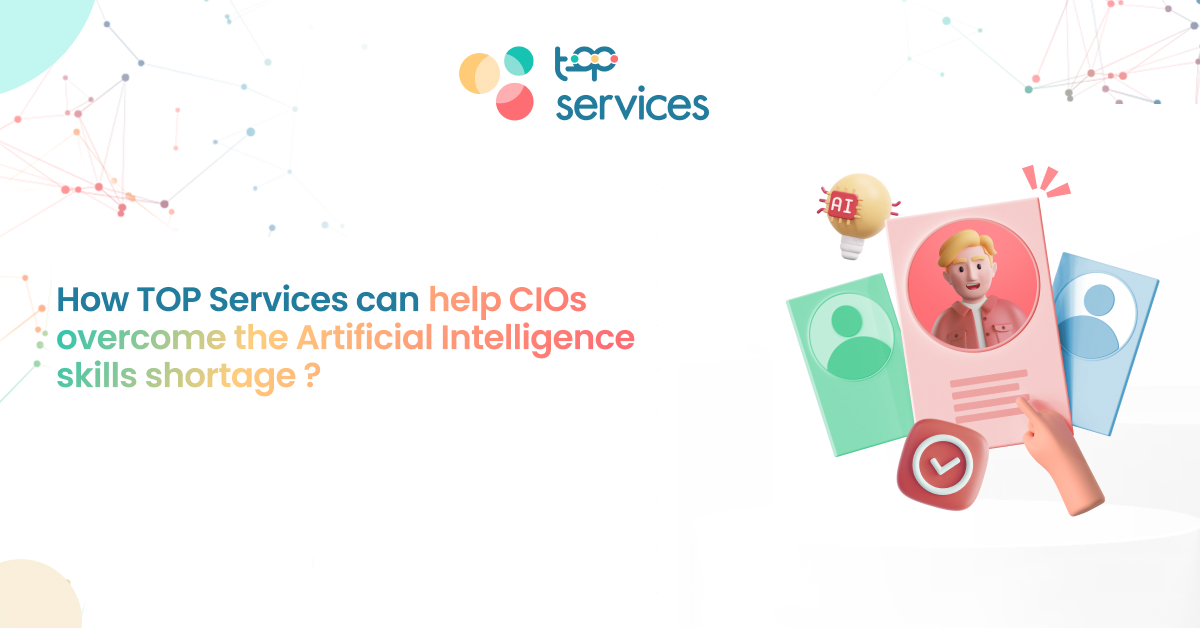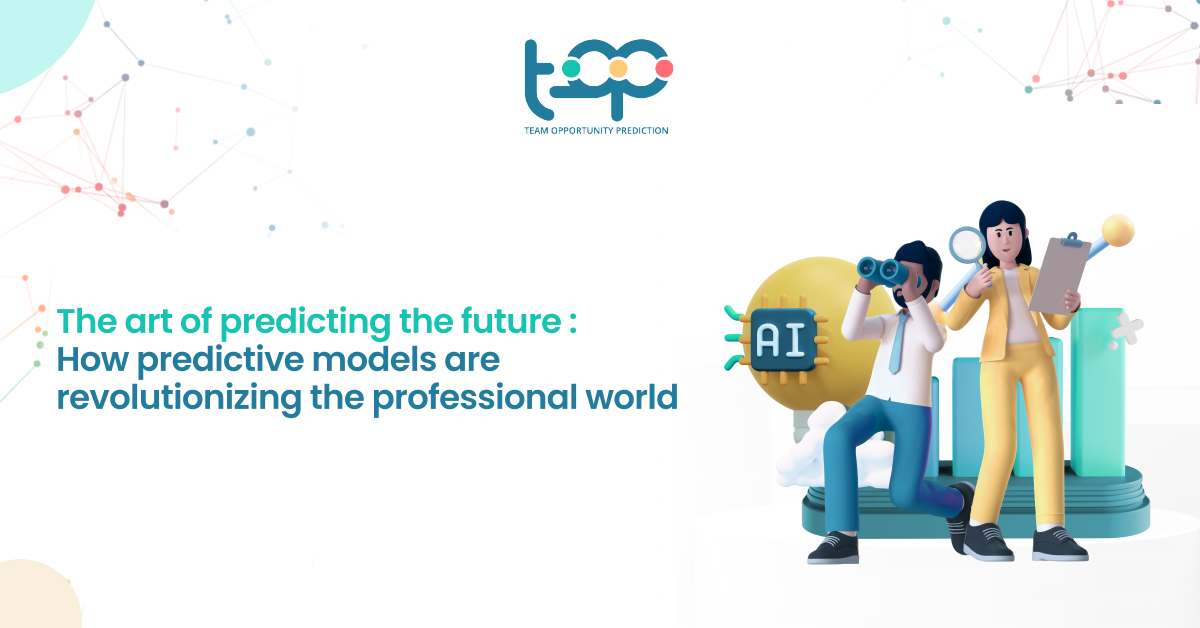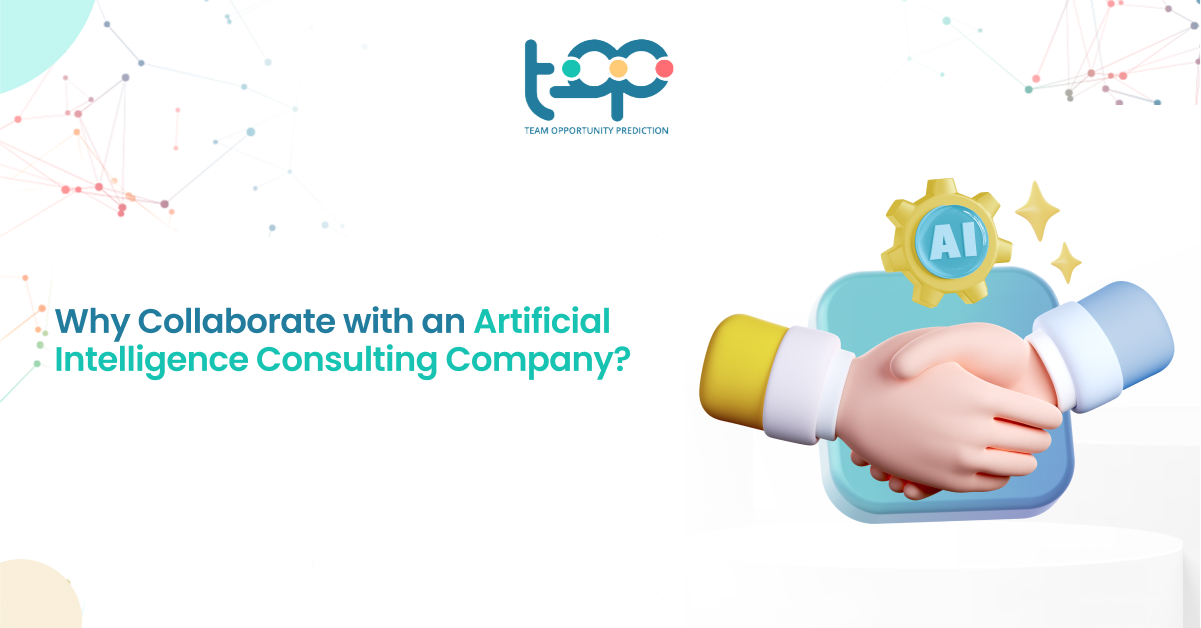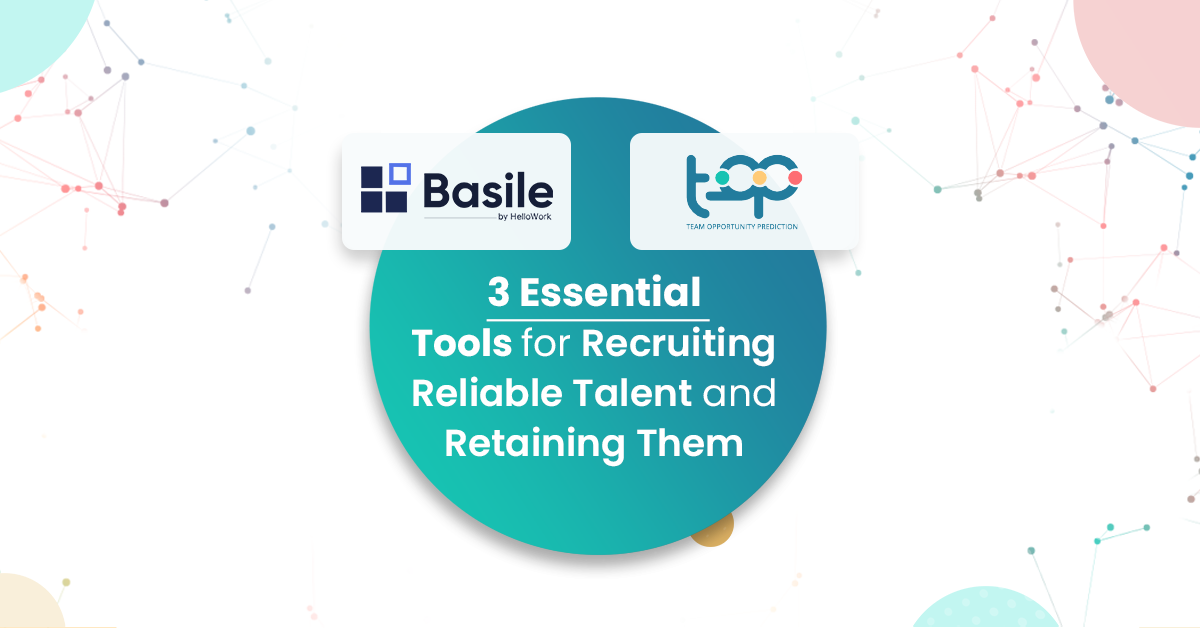Turnover, or employee turnover, refers to the percentage of employees leaving an organization and being replaced by new ones. This phenomenon has intensified in our markets in recent years, significantly impacting businesses. Predicting turnover has become a real challenge for private and public companies and can be estimated in different ways: using a simple statistical method or employing a more sophisticated method based on artificial intelligence (AI) and machine learning.
AI technology and machine learning are revolutionizing the traditional method of calculating future turnover by allowing more accurate prediction and identifying key factors contributing to turnover. This enables companies to implement more targeted and effective strategies to improve personnel management and optimize human resources.
So, how do artificial intelligence and machine learning enhance the classical statistical approach to turnover calculation?
How Companies Predict Turnover Rates using a Simple Statistical Approach?
Companies often use statistical approaches to predict their turnover rates over a given period. It’s important to note that these predictions are based on historical data. The prediction results can be used for strategic decision-making in human resources management to anticipate any resignations.
Here is a common methodology for predicting turnover rates using a statistical approach:
- Calculate Historical Turnover:
- Step 1: Number of departures + number of arrivals in a year / 2
- Step 2: Step 1 / workforce on January 1 of year N
- Step 3: Step 2 x 100
- The result is a percentage.
- Predict Turnover:
- To obtain a turnover prediction, this method relies on the previous calculation and is as follows:
- Predicted turnover rate = [(Estimated number of departures in year N + estimated number of arrivals in year N) / 2] / Workforce on January 1 of year N
- The estimated number of departures and arrivals is identified by the average of these indicators known over a given period, for example: if you want to know the predicted turnover rate for year N, take the average of the indicators (departures and arrivals) for years N-1, N-2, N-3, etc.
Using this statistical approach, companies can obtain an approximate estimate of their future turnover rate and take preventive measures to retain their talents.
Pros and Cons of the Statistical Approach to Turnover Prediction
Pros:
- A methodology accessible to all.
- No need for additional software purchase costs.
- Flexibility in choosing the company’s characteristics to study.
- A statistical approach based on history.
Cons:
- Leaves room for human error.
- Lack of precision does not take into account all factors, their impacts, and updates.
- Requires tedious and manual tasks such as data collection and recurrent calculation.
- Creates statistical biases as the calculation is based solely on company information.
How TOP Calculates Companies’ Turnover Prediction using Artificial Intelligence and Machine Learning
The turnover rate calculation can be significantly improved through artificial intelligence and machine learning. The algorithm is built based on the company’s industry and its history enriched by influential market data.
TOP, with these technologies, predicts it effectively and allows for the automation of these actions.
Advantages of the Approach Using Artificial Intelligence and Machine Learning:
- Automates the calculation and makes it more efficient through machine learning.
- Automates continuous data collection, especially through web scraping for public data.
- Obtains much more precise data to improve prediction.
- Designs evolving scenarios.
- Monitors its resignation prediction in real-time.
- Aggregates data external to the company.
- Continuously updates its data.
- Analyzes in-depth the causes of turnover risk evolution.
- Defines corrective and preventive actions to avoid resignations.
Disadvantages of the Approach Using Artificial Intelligence and Machine Learning:
- Requires a qualified database: 16 factors are recommended.
- Requires a substantial data history: 3 years of history are recommended.
- Requires a certain volume of data: with a recommended minimum of 150 employees.
- Requires investment in licenses to support managers and HR.
- A relatively disruptive approach.
Comparison of the Models Between Simple Statistical Approach and Machine Learning
As observed in our article, traditionally, the classical method of turnover rate calculation can pose numerous obstacles despite its simplicity. Let’s see below the advantages of using an approach involving artificial intelligence and machine learning, as proposed by T.O.P.:
- Time Savings:
- With the T.O.P. solution, companies benefit from complete automation of this calculation, eliminating all manual actions to predict their turnover rate.
- Precision Gains:
- The solution ensures a prediction accuracy of at least 90% by eliminating all human errors and continuously auditing the T.O.P. model.
- Adaptation to Change:
- This model adapts to change by considering external data sources from the company, such as market developments.
- Adopting an Individual Approach:
- TOP predicts the risk of resignation in an individualized manner, taking into account the factors of each collaborator. By considering multiple factors, the algorithm can focus on the turnover risk of the individual rather than an identified cohort.
Artificial intelligence and machine learning lead our companies to rethink themselves. By leveraging their benefits, we can find answers to many of our challenges.
Solutions like T.O.P. demonstrate that their mobilization as support is essential today.
Rethinking turnover prediction through these technologies allows managers to enhance themselves, take a certain distance from their teams, and implement the necessary actions to retain their talents.
